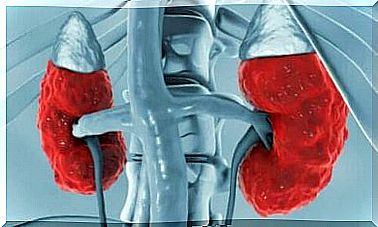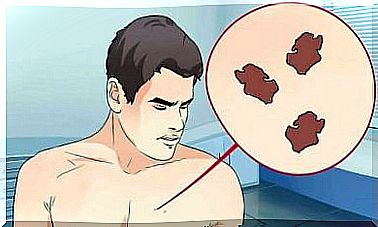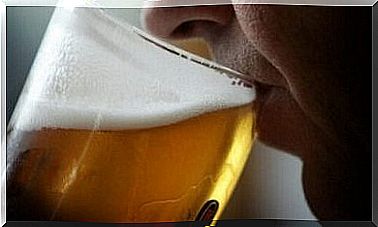Open Bite – What Is It And How Is It Corrected?
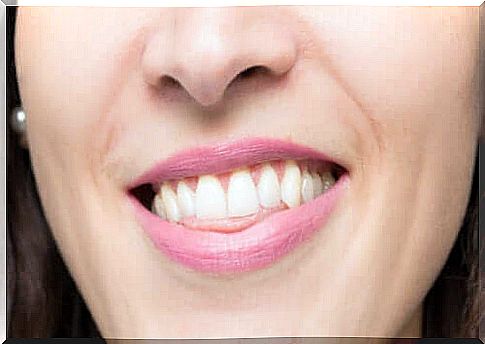
An open bite is a very common malocclusion. In addition to the aesthetic aspect that characterizes it, it can affect the health of the oral cavity. It can also reduce the quality of life of the affected person.
However, an open bite is easy to diagnose and a solution is easy to find. Here you will find out what exactly this malocclusion is and what methods of correcting it exist.
What is an open bite?
An open bite is a type of malocclusion that occurs when the upper teeth do not touch the lower teeth. This inability creates a visible space between the two arcs.
It is most often seen in the front of the mouth when the canines and upper incisors are not in contact with the lower incisors. But it can occur in any sector of the mouth, even around the molars.
As we mentioned, the main symptom of this condition is the visible space between the upper and lower teeth. This results in an unfavorable aesthetic effect on the person, especially if the open bite occurs in the anterior region. The smile of such a person becomes visibly irregular.
But apart from a physical problem, an open bite can have other adverse health consequences. Some of them are listed below:
- Difficulties in pronunciation: the patient with an open bite cannot pronounce some phonemes correctly due to the inability to correctly set the language.
- Chewing and Eating Problems: Since the upper teeth do not come into contact with the lower teeth, chewing is impaired.
- The tendency to breathe through the mouth: because the mouth cannot be closed completely and because of insufficient development of the jaws, due to necessity or habit the patient frequently breathes through the mouth. This further worsens the bite condition.
- Temporomandibular joint (TMJ) changes: The joint that connects the lower jaw to the skull also suffers from a malocclusion. There are usually clicks or noises with jaw movements. There is also pain in the head, neck and face.
- Psychological complications: Due to the above-mentioned problems and a different smile, people with open bite often have problems with self-esteem, which worsen their quality of life.
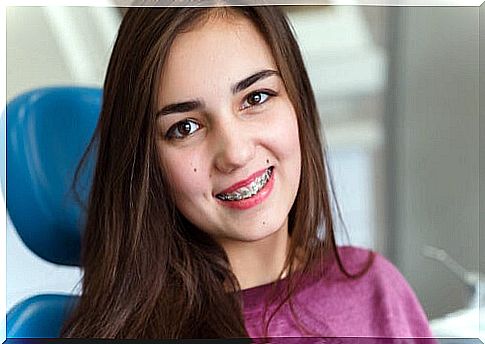
Open bite and its types
Open bite can be classified according to its nature and also according to its location. Depending on its nature, we can distinguish open skeletal and dental bite. The first is a bone problem of hereditary or genetic origin, which usually affects both jaws.
An open bite, as the name suggests, is simply a misalignment of the teeth. This type of defect is caused by repeated harmful habits in childhood.
Depending on the location of the defect, there are the following types of open bite:
- Anterior: The teeth of the frontal sector (central incisors, lateral incisors, and sometimes canines as well) do not touch each other when closing the mouth. This situation is most common.
- Rear: When the jaws are closed, the rear elements must not touch each other. This can happen on one or both sides. It occurs rarely and is associated with the absence of a molar or its incomplete reaching the surface of the jaw.
- Lateral: occurs when there is no contact between the upper and lower teeth on only one side of the arch. Therefore, it can be right or left.
- Complete: the front and back open bite occur together, only the last molars may be in contact.
What causes an open bite?
Currently, open bite is considered to be a multi-causal disorder influenced by genetic, hereditary and functional factors. This is what affects the teeth and bones and determines the way you chew.
In most cases, open bite occurs in the anterior region and is a consequence of repeated childhood habits. At the moment of the formation of facial bones, any excessive and continuous stimulation may lead to deformation and misalignment of the teeth.
These repetitive behaviors include excessive and prolonged use of a pacifier, finger sucking, sucking or biting objects, breathing through the mouth, unusual swallowing, pressing the tongue against the teeth while talking, swallowing, or resting.
As we said, although they are less common, there are also types of open bite that are hereditary and genetic in origin. There are families with “oblong faces” with excessive vertical face development. Our genetic code contains the information we need to build facial bones in the future. A defect at this level can affect the shape of the bone tissue that we use to chew on.
In many cases, an open bite results from a combination of several of these factors. It often happens that the patient has a genetic predisposition and the situation is aggravated by the presence of acquired habits that allow the development of a malocclusion.
Open bite treatment
There are special cases of open bite that resolve spontaneously when the milk teeth fall out. Others, on the other hand, persist into adulthood. Especially when predisposing habits persist until the last teeth erupt.
You should know that there are various alternatives to solve this defect and that treatment can be carried out at any age. Early initiation of treatment improves the prognosis and prevents the problem from prolonging.
The choice of treatment will depend on the complexity of the malocclusion as well as the age of the patient. A specialist dentist will conduct follow-up examinations to obtain a correct diagnosis of the open bite and select the best option in each specific case.
As we mentioned, this condition is usually influenced by many factors that should be considered when initiating therapy. Ignoring functional problems or established habits and not resolving them may lead to treatment failure.
The orthodontist providing treatment must work in an interdisciplinary manner in cooperation with speech therapists. They will work together to eradicate harmful habits and improve phonation and correct language positioning in pronunciation.
Orthodontics correcting open bite in children
As we mentioned, the sooner a problem is resolved, the easier it is to fix it. With the help of orthodontic appliances used in childhood, proper bone development can be controlled.
Movable apparatuses or fixed expanders are often used. When conducting treatment at this stage, you should not skip working with children, so that they would give up the habit that causes malocclusion.
Orthodontics in adolescents and adults
At this age, bones have completed their development, so they are less likely to form. The main goal here will therefore be to reposition the dental elements. Therefore, an alternative for people of this age is brackets or transparent overlays.
An orthodontic appliance is a traditional structure that allows quick correction of the dentition. The patient can choose a metal, sapphire or lingual (invisible) option. Their biggest disadvantage is visibility, which can be an aesthetic problem.
Transparent inserts are computer programmed plates that will change regularly. They are more discreet from an aesthetic point of view.
In some cases, it may be necessary to combine orthodontic treatment with tooth extractions to harmonize the bite.
Orthognathic surgical operation combined with orthodontics
In adults with a severe skeletal open bite, maxillofacial surgery may be necessary . It aims to remove excess bone from the upper jaw or lower jaw.
Treatment before and after surgery is supplemented with orthodontics and usually lasts several years. The consequence is a radical transformation of the patient’s face. This method is chosen only in those cases where orthodontics cannot achieve sufficient results.
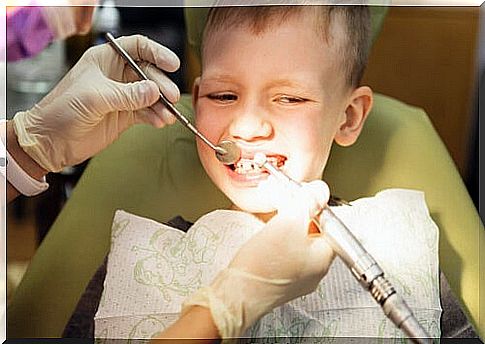
How to prevent an open bite?
There are reasons for an open bite that we will not be able to deal with, such as hereditary and genetic factors or the lack of a tooth element. But what we can control are the habits we acquired in childhood. You will need to focus on them to avoid this malocclusion.
Parents should be aware of these bad habits. If babies are sucking their thumbs, biting objects, using a pacifier for a long time, breathing their mouths or pressing their teeth against their teeth, a quick consultation with an orthodontist can help.
Early and frequent visits to the dentist will also help to prevent this defect. The specialist will assess the child’s development and bite condition. If necessary, he will write an appropriate referral to an orthodontist. Early diagnosis simplifies treatment, making it more enjoyable, faster and cheaper.
Open bite can be treated
Now you know that an open bite is a fairly common defect. In addition to its aesthetic effect, it can affect the quality of life of people with it in many ways
Depending on the age and severity of the case, there are several alternative treatments. Remember that the sooner you start treatment, the easier and less painful it will be. Consult your trusted dentist to turn an open bite into a happy smile.


